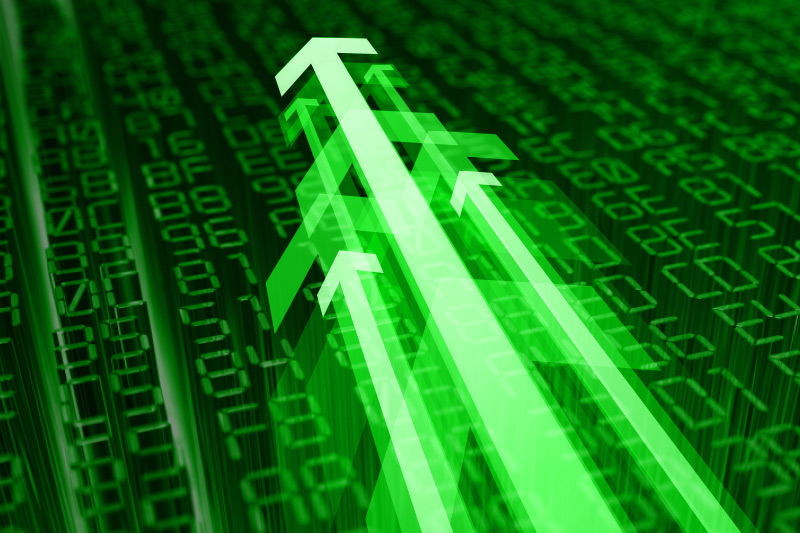Investing.com - The Australian dollar rose to a three-day high against its U.S. counterpart on Tuesday, after the Reserve Bank of Australia cut interest rates by 0.25%, as newfound optimism over Greece and Spain's financial situations supported sentiment.
AUD/USD hit 1.0457 during European morning trade, the pair's highest since November 29; the pair subsequently consolidated at 1.0446, rising 0.24%.
The pair was likely to find support at 1.0412, the session low and resistance at 1.0481, the high of November 28.
Earlier in the day, the RBA cut its benchmark interest rate to 3% from 3.25%, a 50-year low set during the 2009 global recession, as hiring slows and a strong currency hurts industries such as manufacturing and tourism.
Commenting on the decision, RBA Governor Glenn Stevens said the Australian dollar remains “higher than might have been expected” given lower export prices and a weaker global outlook.
The announcement came after official data showed that building approvals in Australia dropped far more-than-expected in October, declining by 7.6% after a 9.5% rise the previous month.
Analysts had expected building approvals to fall 2% in October.
Meanwhile, sentiment remained supported after Greece on Monday launched a scheme to buy back its debt from private investors, as part of an agreement to unlock a new bailout package worth EUR44 billion.
In addition, Spanish bond yields turned lower after Madrid formally requested a bailout to recapitalize its banking sector.
Investors also continued to watch negotiations between Democrats and Republicans to avoid the U.S. fiscal cliff, a set of spending cuts and tax increases due to come into effect on January 1 if lawmakers cannot reach an agreement on reducing the budget deficit.
The Aussie was higher against the euro with EUR/AUD falling 0.17%, to hit 1.2505.
Later in the day, finance ministers from the European Union were to hold talks in Brussels.
AUD/USD hit 1.0457 during European morning trade, the pair's highest since November 29; the pair subsequently consolidated at 1.0446, rising 0.24%.
The pair was likely to find support at 1.0412, the session low and resistance at 1.0481, the high of November 28.
Earlier in the day, the RBA cut its benchmark interest rate to 3% from 3.25%, a 50-year low set during the 2009 global recession, as hiring slows and a strong currency hurts industries such as manufacturing and tourism.
Commenting on the decision, RBA Governor Glenn Stevens said the Australian dollar remains “higher than might have been expected” given lower export prices and a weaker global outlook.
The announcement came after official data showed that building approvals in Australia dropped far more-than-expected in October, declining by 7.6% after a 9.5% rise the previous month.
Analysts had expected building approvals to fall 2% in October.
Meanwhile, sentiment remained supported after Greece on Monday launched a scheme to buy back its debt from private investors, as part of an agreement to unlock a new bailout package worth EUR44 billion.
In addition, Spanish bond yields turned lower after Madrid formally requested a bailout to recapitalize its banking sector.
Investors also continued to watch negotiations between Democrats and Republicans to avoid the U.S. fiscal cliff, a set of spending cuts and tax increases due to come into effect on January 1 if lawmakers cannot reach an agreement on reducing the budget deficit.
The Aussie was higher against the euro with EUR/AUD falling 0.17%, to hit 1.2505.
Later in the day, finance ministers from the European Union were to hold talks in Brussels.
